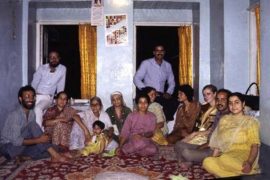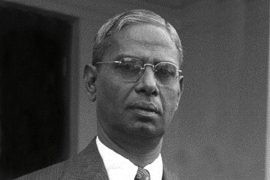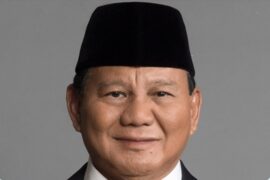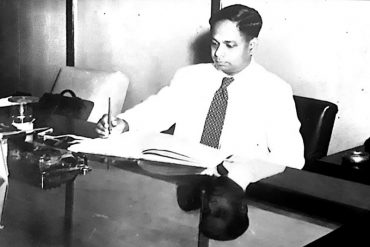The beginning of Mother Theresa’s journey started with a boat. The boat she took from Ireland, where she resided with the Sisters of Loreto, set sail four months before it reached Calcutta, India. Within ten days of arrival, Mother Teresa was sent to Darleejing as part of her mission. Here, she improved her English and started to learn Bengali for the next two years.
Once that was done, she came back to Calcutta and worked as a teacher at St. Mary’s High School for seventeen years. Although her work was noble and required a lot of work, according to her, God had other plans.
After a while, Mother Teresa became fluent in English, Bengali and Hindi. As a teacher, her work was admirable. The students were completely engaged in her History and Geography lessons. But no matter how one recalls it, she was very ordinary. There was nothing special about her that stood out. Time, of course, would change that.
As part of her work with the Loreto sisters, Mother Teresa started to meet and talk to poor families in Calcutta. According to rules established by the sisters, she was not able to go out much. This was the only way she could communicate with people outside. After serving as a teacher for a few years, she also served as principal in St. Mary’s until 1946, when she received what she thought was a ‘call within a call.’
Unfortunately, she couldn’t just leave the convent because she received a calling. There was a long, arduous process to get out of the group of Loreto Sisters. It lasted two years. Finally, after 20 years of being with the Loreto Sisters, Mother Teresa left the convent and the group of Sisters.
Her work with the poor began with what she knew best – teaching. But Mother Teresa did not have the resources for it. The only resource she had was nature’s gift to humankind, or, in other words, dirt. Later on, she got a tiny hut where she taught slum children. Apart from that, she visited their parents and helped them medically. Slowly, her work became popular in the community. In 1949, she was joined by one of the members of the Loreto Sisters. Soon, around 10 of them joined her.
Since these nuns also went through the arduous process of leaving the Loreto Sisters, Mother Teresa came up with the idea of setting up her order of nuns, called the Missionaries of Charity. This time, the process wasn’t so long. On October 7, 1950, Pope Pius XII granted her request, and the Missionaries of Charity began operating as a separate order.
When Mother Teresa arrived, there was a famine in Calcutta; the after-effects of partition had wrecked families, and many were destitute. Moreover, the appalling caste system excluded many from social inclusion. She had a lot of work to do. After the Missionaries of Charity started functioning, the first thing she did was open a place where the dying could die in peace. Hospitals were overflowing. The number of dying people increased every day. There was no way they could be kept in hospitals that were already burdened. That is how NirmalHriday (Pure Heart) came into being.
To care for the dying, one indeed needed to have a pure heart–—which Mother Teresa did. The purpose of Missionaries of Charity, in her own words, was to take care of ‘the hungry, the naked, the homeless, the crippled, the blind, the lepers, and all those people who feel unwanted, unloved, uncared for throughout society, people that have become a burden to society and are shunned by everyone.’
Mother Teresa did not stop with the school and with NirmalHriday. Together with Missionaries of Charity, she opened clinics for lepers, providing medicine, food and clothing. Apart from that, she opened a separate home for them. In 1955, she opened Nirmala Shishu Bhavan (or Pure Children’s Home) to take care of orphans and provide shelter to homeless youth.
Slowly, her work spread, and it reached other countries. Within around twelve years of establishing Missionaries of Charity, she received the Ramon Magsaysay Award for her work. The award is named after the third president of the Philippines. It was established in 1957 and funded by the Rockefeller Brothers with the nod of the Filipino government. Mother Teresa was one of the first recipients of the award. Mother Teresa won the Nobel Prize in 1979.
No matter how one looks at it, her work asked a lot from her, physically and mentally. Yet, she overcame all obstacles and worked hard for the betterment of the people in India. She was as hardworking and good-intentioned as she was popular. Most importantly, she recognised the problems the Dalit Bahujan Adivasi (DBA) community faced because of caste and helped them come up in life.
The Missionaries of Charity continues her vision of taking care of the hungry, the crippled, the naked, and the homeless in around 100 countries. It is important to let such organisations function fully and freely.
-30-
Copyright©Madras Courier, All Rights Reserved. You may share using our article tools. Please don't cut articles from madrascourier.com and redistribute by email, post to the web, mobile phone or social media.Please send in your feed back and comments to editor@madrascourier.com











